
فيديو
خصائص فريدة
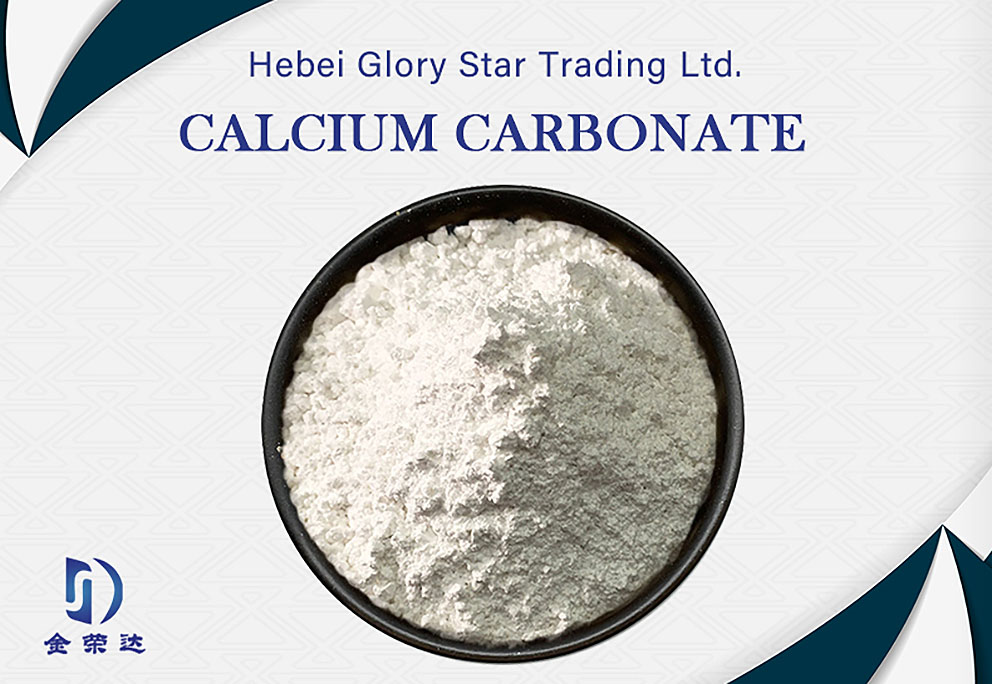
الممتلكات المادية
| نسبة العرض إلى الارتفاع النموذجية | 3 |
| الثقل النوعي | 2.7 |
| معامل الانكسار | 1.6 |
| الرقم الهيدروجيني | 8-9 |
| Mohs Hardness | 3-4 |
Precipitated Calcium Carbonate
|
نقاء |
مظهر |
سوق 300~2000 شبكة |
|
أكثر من 98.5% |
مسحوق أبيض جيد |
|
تحديد
يستخدم كربونات الكالسيوم الثقيلة (المطحونة) على نطاق واسع كحشو ومحسن.
النقاء: 98% كحد أدنى.
المظهر: مسحوق أبيض.
Heavy calcium carbonate, also called ground calcium carbonate, is produced by natural superior calcite, which has high purity and whiteness. The size ranges from under 400 mesh which is called primary products, to 2000 mesh or above, depending on your requirement.
يستخدم كربونات الكالسيوم الثقيلة (المطحونة) على نطاق واسع كمادة مالئة ومحسنة في صناعة البلاستيك والدهانات والورق والمطاط والأعلاف والمواد الكيميائية اليومية والسيراميك والمواد اللاصقة والحبر.
Function of calcium carbonat
محتوى منخفض من المعادن الثقيلة، باستخدام إنتاج الكالسيت الطبيعي عالي الجودة، يمكن أن يكون محتوى الرصاص والزرنيخ أقل من 0.3، ولا يحتوي على كبريتيد؛ محتوى المنغنيز والألمنيوم والمغنيسيوم منخفض جدًا، معالجة للعملاء.
شهادة
Our factories have achieved ISO Certificate, 23 technologies have obtained national patents.
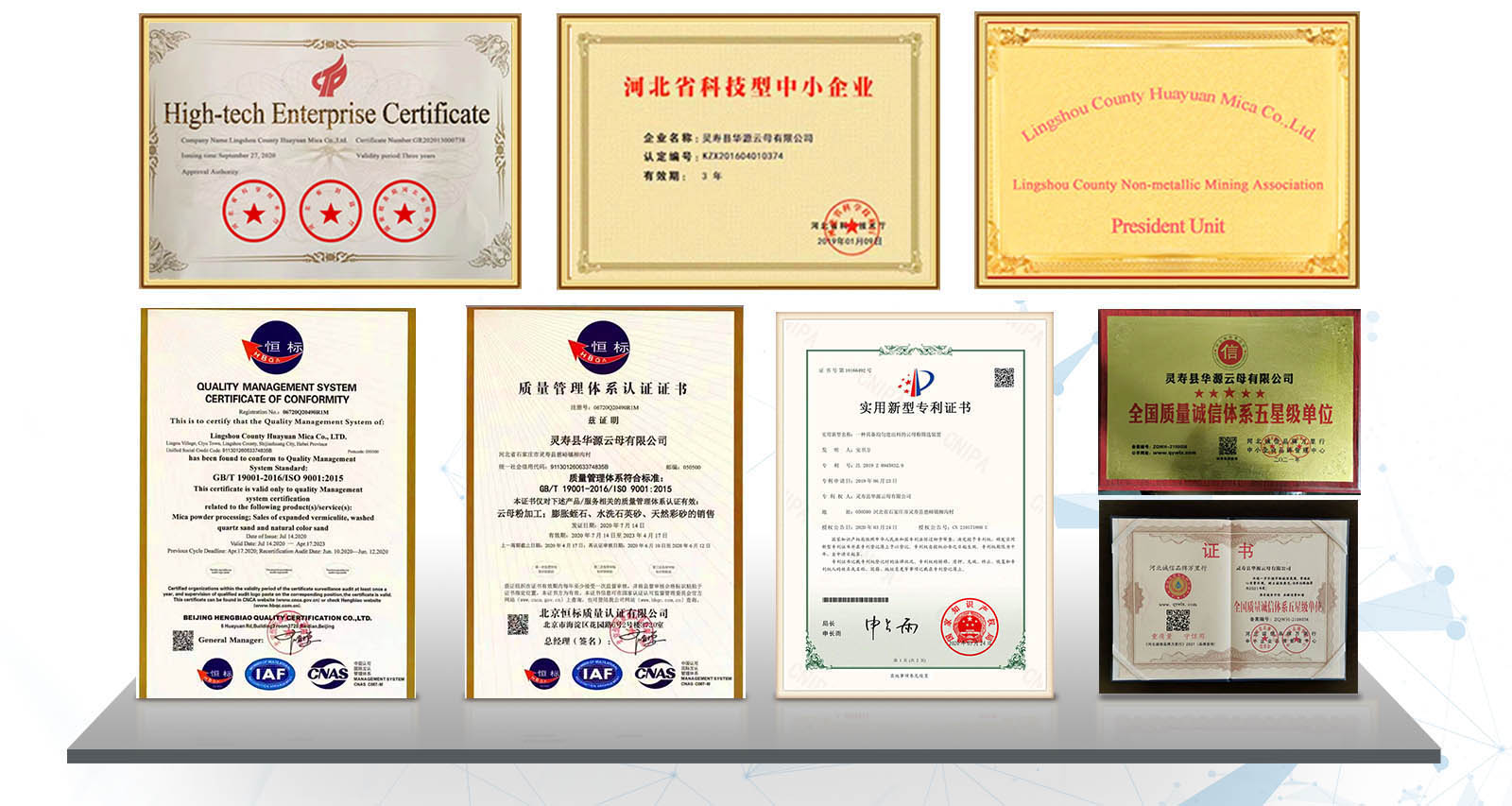
طلب
1. كمادة حافظة للقمح والتفاح والملفوف والحلويات وغيرها ومضافات غذائية.
2. تستخدم في إنتاج الأصباغ وصناعة الصباغة: كربونات الكالسيوم الثقيلة النشطة فائقة الدقة.
3. كمادة لاصقة ومواد مانعة للتسرب: كربونات الكالسيوم الثقيلة النشطة فائقة الدقة.
4. يمكن استخدامها في صناعة المطاط الثقيل فائق الدقة من كربونات الكالسيوم.
5. يستخدم في صناعة البلاستيك: كربونات الكالسيوم الثقيلة.
|
اسم الفهرس |
standard A | نتيجة اختبارنا |
|
CaCo3 content ≥ |
98 |
98.4 |
|
قيمة الرقم الهيدروجيني (محلول 10٪) |
8.0-10.5 |
9 |
|
Particle size um(average) |
-- |
3.0-4.0 |
|
Moisture Content ≤ |
-- |
0.3 |
|
Oil Absorption ml/100g ≤ |
-- |
38 |
|
Insoluble substance in HCL acid %≤ |
0.2 |
0.1 |
|
activated rate %≥ |
95 |
98 |
|
Fe content ≤ |
0.1 |
0.08 |
|
Mn content, ≤ |
0.008 |
0.007 |
|
Residue 125um % ≤ |
0.01 |
0.008 |
|
Whiteness ≥ |
90 |
93 |
نوفر مسحوق كربونات الكالسيوم المطحون (GCC) من محاجر الرخام الطبيعي، يتميز بنقاء وبياض عاليين. يُستخدم في صناعات مثل الورق، والدهانات، والحبر، والمطاط، والبلاستيك، ومعالجة النفايات السائلة، وغيرها.
Our products are separated into grades with range of partical size from 7µm of fine powder of chip form, COATED and UNCOATED kinds.
- Uncoated fine powder, partical size: from 7 µm to 35µm.
- Coated Powder, particle size: from 7 µm to 30µm.
| المحتويات الكيميائية | المواصفات الفيزيائية | ||
| محتوى CaCO3 | 98.50% | درجة البياض | ≥98% |
| أكسيد الماغنيسيوم | 0.08% | سطوع | ≥96% |
| Fe2O3 | 0.02% | درجة البياض 9،10،11 | >93% |
| Al2O3 | 0.3% | محتوى الرطوبة | 0.2% |
| ثاني أكسيد السيليكون | 0.03% | كثافة | 2.7g/cm3 |
| امتصاص الزيت | 24 جرام/100 جرام من كربونات الكالسيوم | ||
Light calcium carbonate, another name is precipitated calcium carbonate or precipitated chalkchemical formula is CaCO3. It is made by chemical processing, its volume bysedimentation(2.4-28mL/g)is larger than heavy calcium carbonate(1.1-1.9 ml /g) do, which is produced by mechanical method. At room temperature(25℃) concentration to water shall be 8.7/1029 and the solubility is 0.0014 the pH value shall be 9.5-10.2. Light calcium carbonate is nontoxic odorless, and usually white, with a relative density of 2.7-2.9. it do bag range of application in civil construction and rubber industry and many other business.
المعايير الفنية
| عنصر الاختبار | مسحوق كايبونات الكالسيوم ليجليت بدرجة 1250 شبكة |
| كربونات الكالسيوم3%(محسوب)ت) | 98% |
| قيمة الرقم الهيدروجيني | 8.0-10.0 |
| حمض الهيدروكلوريك غير قابل للذوبان% | ≦0.1 |
| رُطُوبَة٪ | ≦0.2 |
| حجم البُقعة | 11 ميكرومتر |
| محتوى الحديد% | <0.008 |
| محتوى المنغنيز | <0.006 |
| البياض (R457)% | 95% |
| امتصاص الزيت مل/100 جرام | <35 |
| معدل الطلاء% | ≧90 |
| معالجة السطح | العلاج المعقد |
| مظهر | مسحوق وايت |
يمكن تقسيم كربونات الكالسيوم إلى كربونات الكالسيوم الثقيلة، وكربونات الكالسيوم الخفيفة.
يستخدم كربونات الكالسيوم الثقيلة على نطاق واسع في البلاستيك والمطاط وصناعة الورق والطلاء والأعلاف والأدوية والمواد الكيميائية اليومية والزجاج والسيراميك وغيرها من المجالات.
يستخدم كربونات الكالسيوم الخفيفة بشكل أساسي كحشو في المطاط والبلاستيك وصناعة الورق والطلاء والحبر وغيرها من الصناعات، ويمكن استخدامها في المنتجات الكيميائية اليومية مثل مسحوق الأسنان ومعجون الأسنان ومستحضرات التجميل وما إلى ذلك، ويمكن استخدامها أيضًا في التركيب العضوي والمعادن والزجاج والأسبستوس في الإنتاج.
الفرق بين الكالسيوم الثقيل والخفيف
يُستخدم كلٌّ من كربونات الكالسيوم الخفيفة والثقيلة كمواد مالئة في صناعة الطلاء والبلاستيك. تبلغ نسبة كربونات الكالسيوم من الدرجة الأولى 99.1%، بينما تبلغ نسبة كربونات الكالسيوم من الدرجة الثانية 97.9%. الفرق بين كربونات الكالسيوم الثقيلة والخفيفة هو كما يلي:
1. الفرق الرئيسي هو أن الكالسيوم الخفيف يستخدم في الحشوات وأقطاب اللحام والتوليف العضوي وما إلى ذلك. يستخدم الكالسيوم الثقيل لإنتاج كلوريد الكالسيوم اللامائي والأسمنت وما إلى ذلك.
2. كربونات الكالسيوم المطحونة أو كربونات الكالسيوم الثقيلة هي كربونات الكالسيوم، وهي رخيصة الثمن لأنها تُحضّر عن طريق ضغط الكالسيت، وتميل إلى الاستقرار عند استخدامها في طلاء المستحلب مقارنة بكربونات الكالسيوم الخفيفة. وُجد أن كربونات الكالسيوم الخفيفة، المعروفة أيضًا باسم كربونات الكالسيوم المترسبة، أصغر حجمًا تدريجيًا، وأكبر في امتصاص الزيت وأعلى سعرًا. تُستخدم عادةً في حشوات طلاء اللاتكس، مع الاستخدام.
٣. يُنتَج الكالسيوم الثقيل بسحق الخام، بينما يُنتَج الكالسيوم الخفيف بالتخليق الصناعي. ويتميّز بطبقة خارجية كثيفة.
4. الكالسيوم الثقيل مستقر، ولكن الكالسيوم الخفيف نسبيًا يغرق بسهولة.
الكالسيوم الخفيف أفضل في التسوية، ولكن امتصاص الزيت أكبر من الكالسيوم الثقيل، والسعر عمومًا أكثر تكلفة من الكالسيوم الثقيل، وعلى الرغم من أن الاستقرار ليس جيدًا مثل الكالسيوم الثقيل، إلا أنه لا يزال يتمتع بالاستقرار، حتى لو كان طلاء الجدران الخارجية، فإن جرعته كبيرة جدًا أيضًا!
Chemical name: Precipitated calcium carbonate
Molecular formula: CaCo3
Properties: white powder, tasteless and odorless, non-toxic,light, air stable, slightly hygroscopic.
الاستخدامات: كربونات الكالسيوم المترسبة هي الصبغة غير العضوية الأكثر شيوعًا، وتستخدم على نطاق واسع في المطاط والورق والمواد اللاصقة البلاستيكية والدهانات والحبر والضروريات اليومية والأدوية والأعلاف.
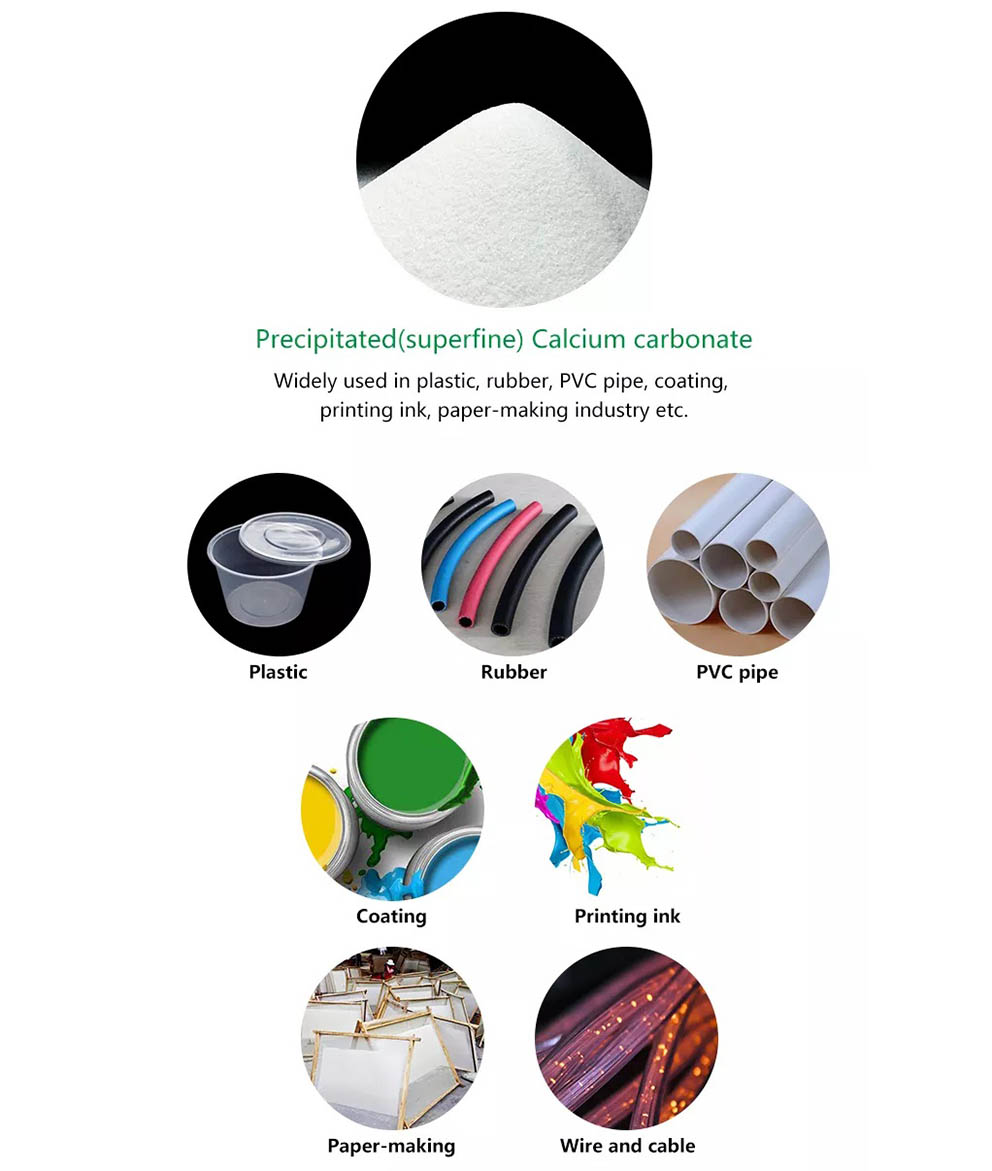
|
Test Item |
فِهرِس |
Test Result |
|
معيار |
GB/T9281-2003 |
|
|
Calcium carbonate(CaCO3) % ≥ |
98 |
98.7 |
|
PH value |
9.0-10.0 |
10.0 |
|
Volatile below 105°C % ≤ |
0.40 |
0.30 |
|
Particle size um(average) |
3.0-5.0 |
3.0-5.0 |
|
Insoluble matter in hydrochloric acid % ≤ |
0.10 |
0.01 |
|
Sedimentation volume ml/g ≥ |
2.80 |
2.90 |
|
Fe content%≤ |
0.08 |
0.001 |
|
Mn content , ≤ |
0.005 |
0.001 |
|
Residue 125μm Test sieve% ≤ |
0.005 |
0.001 |
|
Residue 45μm Test sieve% ≤ |
0.30 |
0.03 |
|
Whiteness %≥ |
90.0 |
96.70 |
|
Moisure content %≤ |
- |
- |
|
نتيجة |
Superior class |
|
يستخدم كربونات الكالسيوم الثقيلة على نطاق واسع كحشو ومحسن.
البيانات الفنية للرجوع إليها: كاكاو ثقيل3
|
عنصر الاختبار |
فِهرِس |
ZCC902 |
|
معيار |
متوافق مع HG/T 3249.1~3249.4-2013 |
|
|
CaCO3 وزن/% |
97 |
|
|
بياض |
94.5 |
|
|
D97/μm |
24.5 |
|
|
امتصاص الزيت (زيت بذر الكتان) (جم/100 جم) |
26 |
|
|
105 درجة مئوية متقلبة /٪ |
0.18 |
|
|
المعادن الثقيلة (الرصاص) وزن/% |
≤0.003 |
|
|
مظهر |
مسحوق أبيض |
|
|
حجم الشبكة |
600 |
|
|
كمية التعبئة والتحميل |
25 كجم/كيس (27 طن/20 قدم) |
|
Why Choose Us for Calcium Carbonate Industry
High transparency calcium carbonate (CaCO3) is a highly sought-after material used in various industries such as paint, paper, and plastics. The exceptional transparency and fine particle size make it ideal for these applications, providing superior performance and quality. In this article, we will explore why choosing our calcium carbonate products for your industrial needs is the right decision.
Superior Quality and Purity for Industrial Use
One of the main reasons to choose our calcium carbonate products for industrial use of calcium carbonate is the superior quality and purity we offer. Our high transparency calcium carbonate is manufactured to meet strict standards, ensuring it delivers exceptional performance in applications like paint, paper, and plastic production. The fine particle size and high transparency make it an excellent choice for industries where clarity and precision are critical. Whether used in coatings, fillers, or as a pigment, our calcium carbonate provides consistent and reliable results, ensuring that your final product meets the highest quality standards.
Versatility and Range of Applications in Industry
The use of calcium carbonate in industry extends far beyond paint and paper production. Calcium carbonate is a versatile material that can be used in a wide range of applications, from plastics to rubber to adhesives. Its versatility comes from its ability to improve the properties of various products. For example, in the paint industry, it enhances the texture and opacity of paints, while in the plastic industry, it increases the material's strength and durability. The adaptability of our highly transparent calcium carbonate makes it the perfect choice for manufacturers looking to improve the quality and performance of their products across various sectors.
Cost-Effectiveness and Reliability for the Calcium Carbonate Industry
Choosing our calcium carbonate products is also a cost-effective solution for businesses in the calcium carbonate industry. We offer high-quality materials at competitive prices, helping you reduce production costs while maintaining excellent product quality. Our efficient production processes and strong supply chain ensure that you receive reliable and timely deliveries, allowing you to meet production deadlines without compromising on quality. The affordability of our calcium carbonate products, combined with their superior performance, makes them an ideal choice for companies looking to optimize their operations and reduce costs.
In conclusion, selecting our high-transparency calcium carbonate for your industrial needs is a smart decision. With superior quality, versatility, and cost-effectiveness, our products provide the reliability and performance that industries like paint, paper, and plastics require. Whether for enhancing product properties or reducing production costs, our calcium carbonate products are designed to meet the diverse needs of modern manufacturing. By choosing us, you are investing in a solution that will help elevate your production processes and improve the overall quality of your products.
Industrial Use of Calcium Carbonate
High transparency calcium carbonate (CaCO3) is a critical material in several industries, especially in the paint, paper, and plastic sectors. Its ability to provide excellent performance, clarity, and consistency makes it a preferred choice in various manufacturing processes. This article explores the industrial use of calcium carbonate, particularly in these essential industries, and highlights why it continues to be a key component in modern production.
Calcium Carbonate's Role in the Paint Industry
The industrial use of calcium carbonate in the paint industry is well-established. Calcium carbonate is used as a filler and pigment in paints and coatings due to its high transparency and ability to improve the texture, opacity, and finish of paint. It enhances the durability and stability of paints, making them more resistant to weathering and abrasion. Additionally, it provides a smooth and even application, contributing to a higher-quality final product. The fine particle size of high-transparency calcium carbonate allows it to be easily blended with other ingredients in paint formulations, ensuring a consistent and uniform product.
Importance of Calcium Carbonate in the Paper Industry
In the paper industry, the use of calcium carbonate in industry is crucial for improving the quality and efficiency of paper production. Calcium carbonate is added to paper as a filler to enhance its brightness, opacity, and smoothness. It also helps to reduce costs by substituting more expensive materials without compromising the quality of the paper. High-transparency calcium carbonate improves the printing properties of paper, making it ideal for high-quality printing applications. Moreover, it contributes to the environmental benefits of paper production by reducing the need for bleaches and other chemical additives.
Calcium Carbonate's Contribution to the Plastic Industry
The plastic industry also relies heavily on calcium carbonate industry products, particularly in the production of various plastic materials and products. Calcium carbonate is used to reinforce the plastic, improving its strength, rigidity, and durability. It also helps to reduce the cost of production by substituting a portion of the more expensive plastic resins with a more affordable material. The high transparency version of calcium carbonate is particularly valued in plastic applications where clarity and aesthetics are important, such as in packaging and automotive parts. It enhances the visual appeal and performance of plastic products while maintaining their structural integrity.
In conclusion, the industrial use of calcium carbonate spans across multiple industries, including paint, paper, and plastic. Its versatility, high transparency, and cost-effectiveness make it an essential material in these sectors. Whether used to enhance the properties of paints, improve the quality of paper, or strengthen plastics, high-transparency calcium carbonate continues to be a valuable component in various manufacturing processes. As industries seek to improve product performance and reduce costs, the demand for this essential material is likely to grow, solidifying its place as a key ingredient in modern industrial applications.

35 عامًا من الخبرة، وخدمة احترافية، ودعم تقني قوي، وعملية مراقبة جودة صارمة
اتصل بنا-
 السطوع والبياضيعمل كربونات الكالسيوم ذو الشفافية العالية على تعزيز سطوع وبياض الدهانات والطلاءات والمنتجات الورقية.
السطوع والبياضيعمل كربونات الكالسيوم ذو الشفافية العالية على تعزيز سطوع وبياض الدهانات والطلاءات والمنتجات الورقية. -
 مادة حشو فعالة من حيث التكلفةكربونات الكالسيوم عبارة عن مادة مالئة بأسعار معقولة تساعد على تقليل التكلفة الإجمالية لإنتاج الدهانات والبلاستيك ومنتجات الورق.
مادة حشو فعالة من حيث التكلفةكربونات الكالسيوم عبارة عن مادة مالئة بأسعار معقولة تساعد على تقليل التكلفة الإجمالية لإنتاج الدهانات والبلاستيك ومنتجات الورق. -
 تحسين تشطيب السطحفي الدهانات والطلاءات، تعمل كربونات الكالسيوم ذات الشفافية العالية على تحسين تشطيب السطح من خلال توفير ملمس ناعم وتغطية أفضل.
تحسين تشطيب السطحفي الدهانات والطلاءات، تعمل كربونات الكالسيوم ذات الشفافية العالية على تحسين تشطيب السطح من خلال توفير ملمس ناعم وتغطية أفضل. -
 الفوائد البيئيةكربونات الكالسيوم مادة متوفرة طبيعيًا وصديقة للبيئة. فهي غير سامة وقابلة للتحلل الحيوي، مما يجعلها بديلًا صديقًا للبيئة للحشوات الاصطناعية.
الفوائد البيئيةكربونات الكالسيوم مادة متوفرة طبيعيًا وصديقة للبيئة. فهي غير سامة وقابلة للتحلل الحيوي، مما يجعلها بديلًا صديقًا للبيئة للحشوات الاصطناعية.











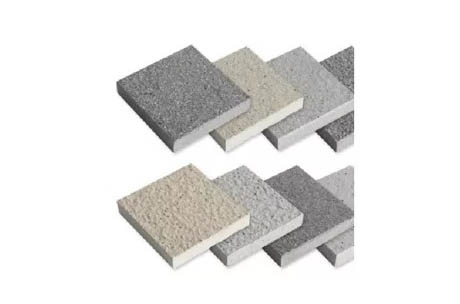
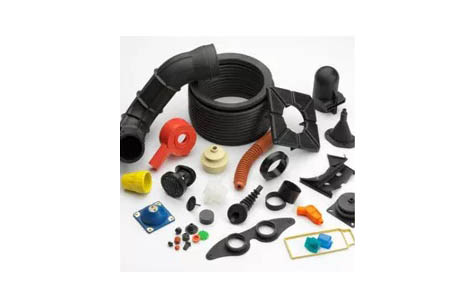
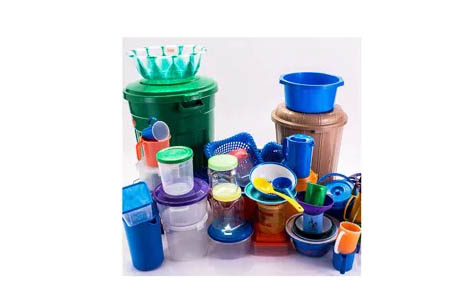
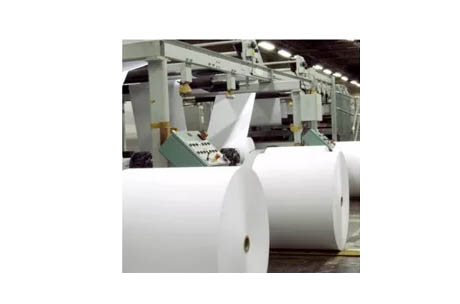
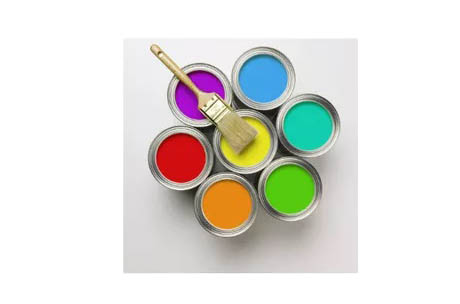
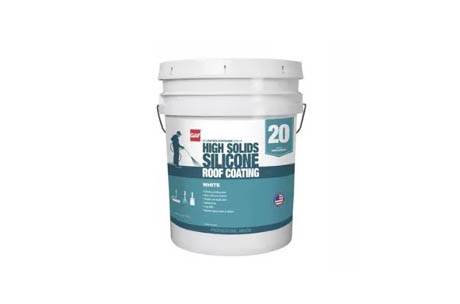
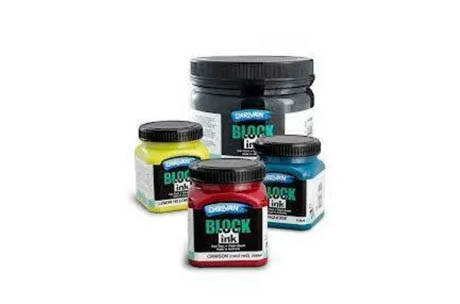
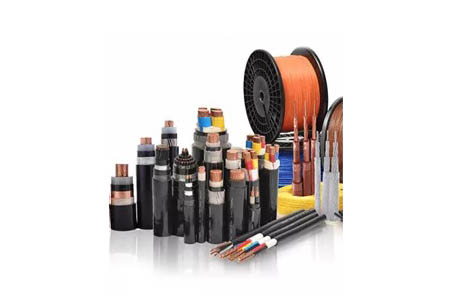

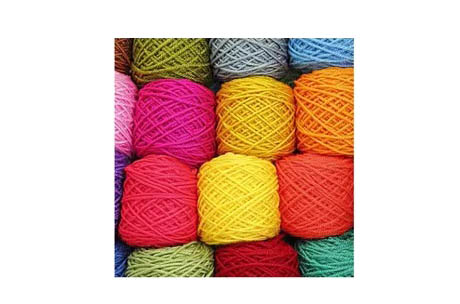
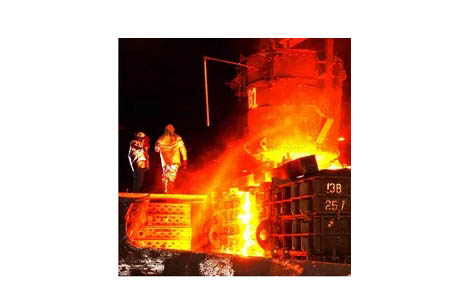
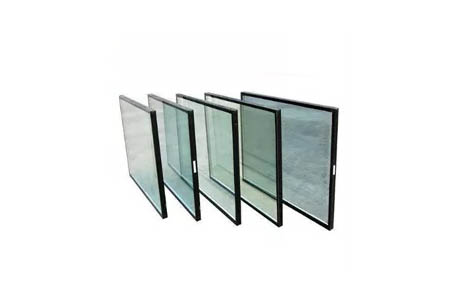
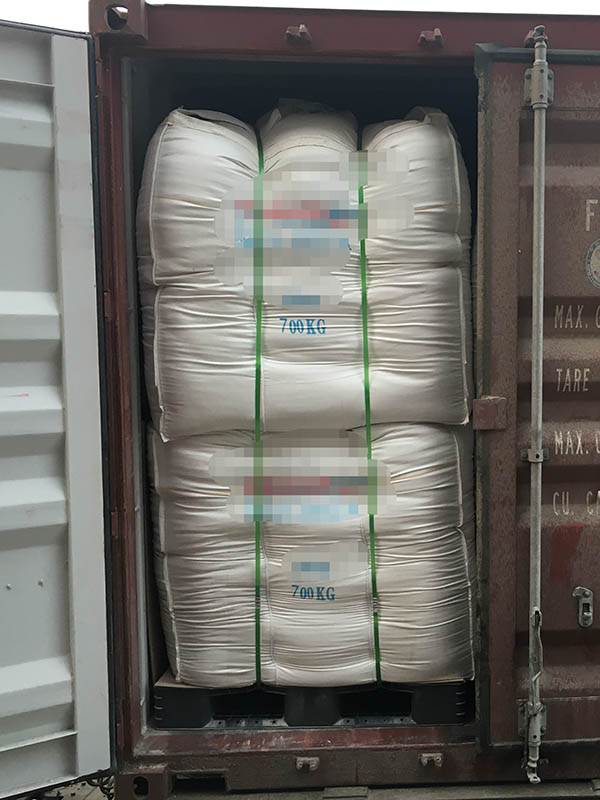

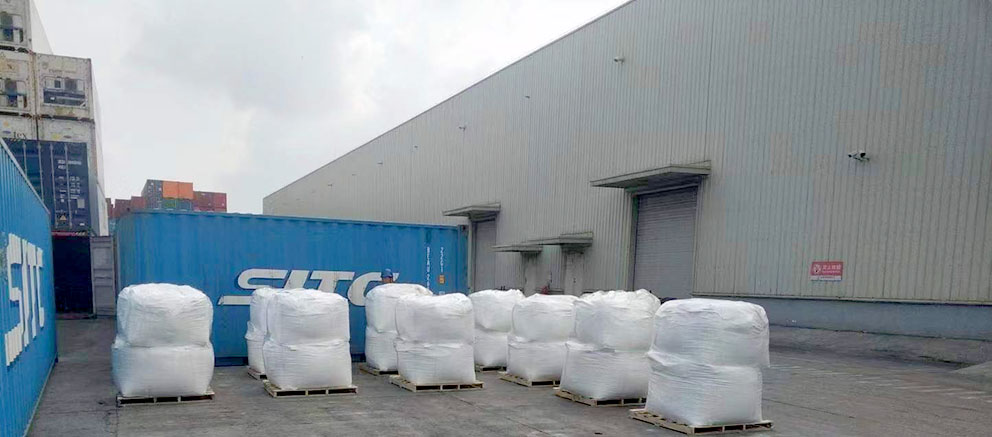
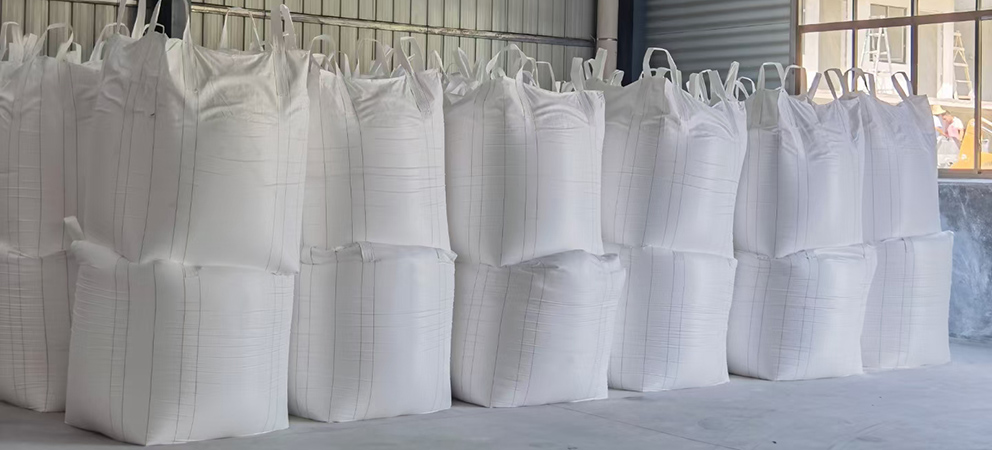
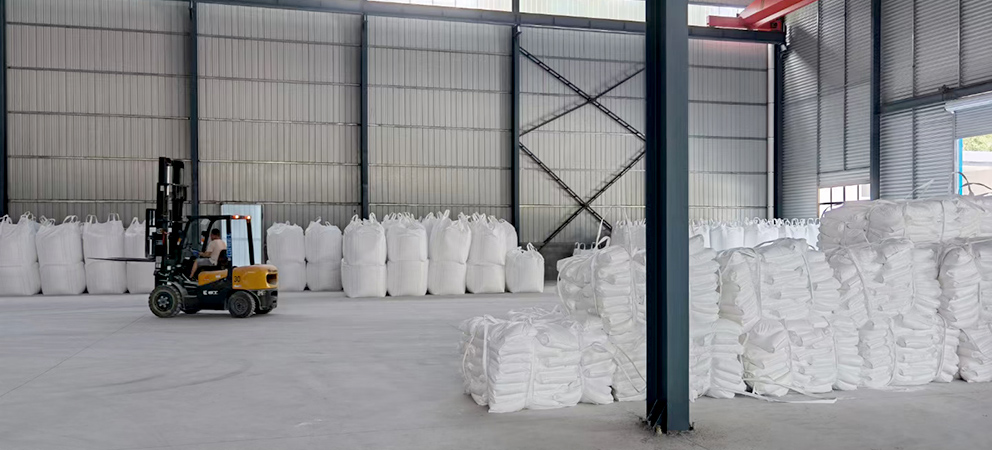
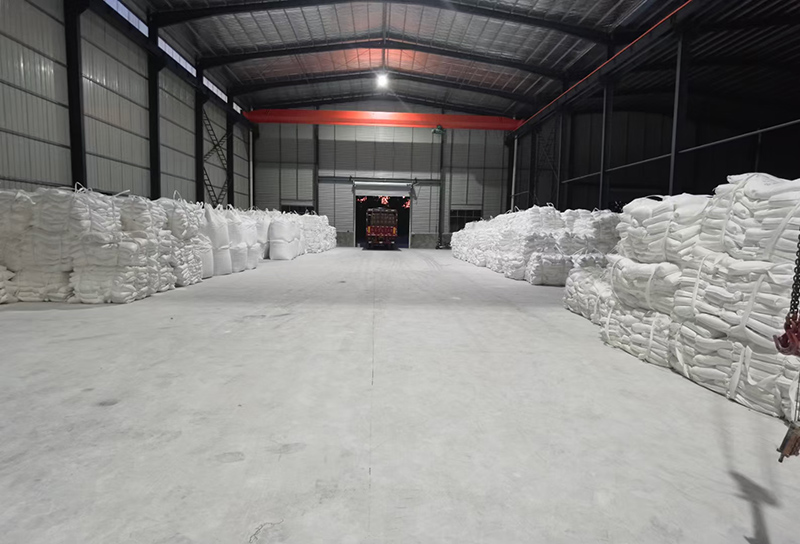
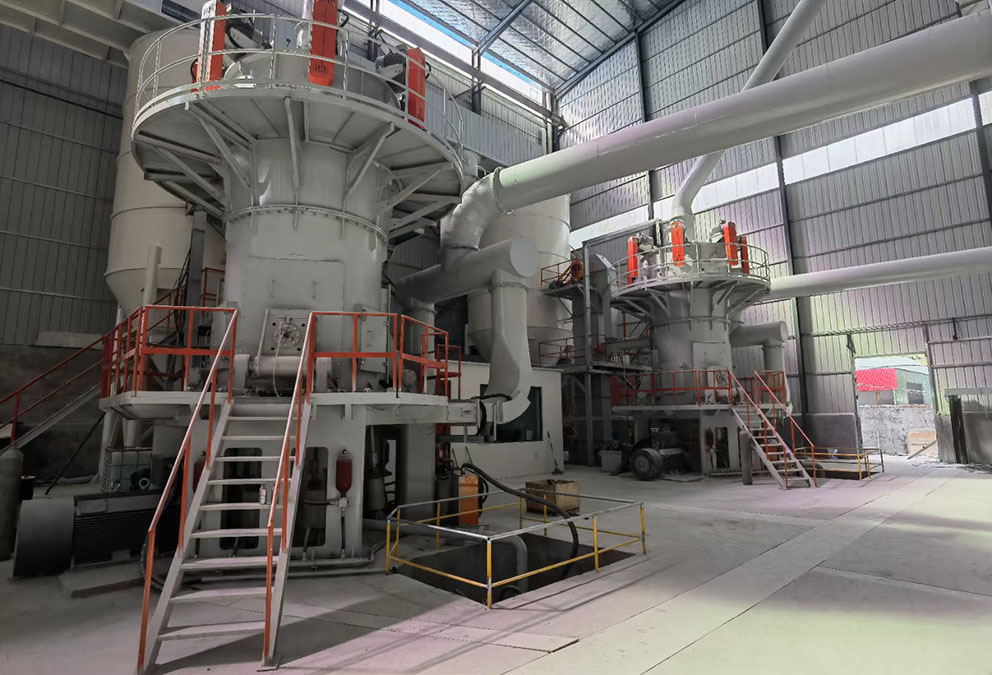
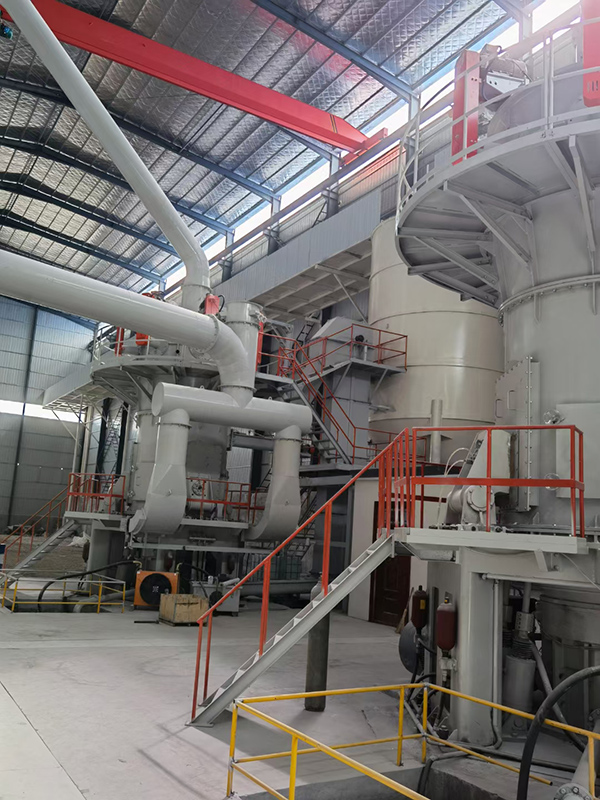

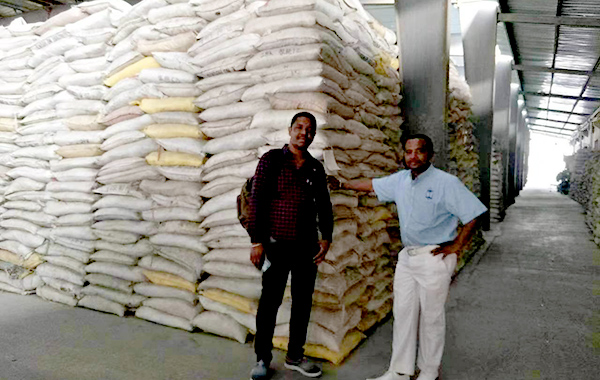

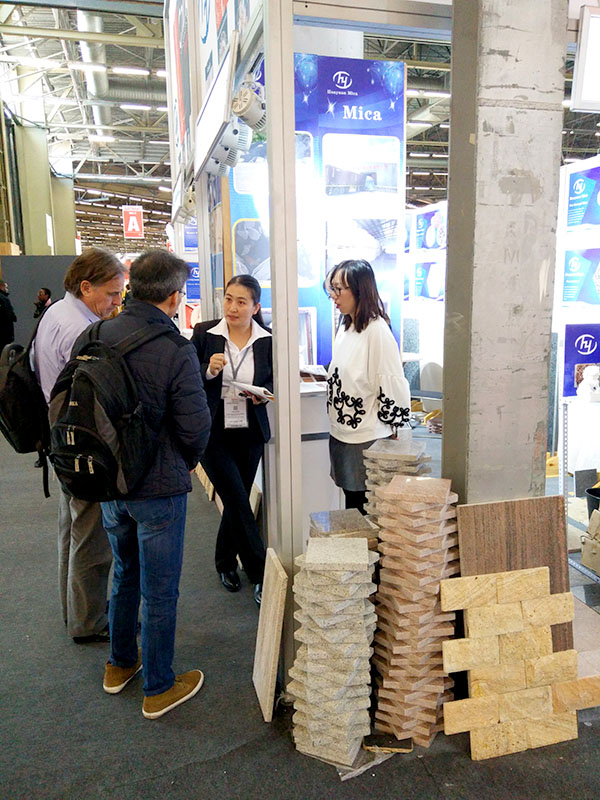
































.png)









